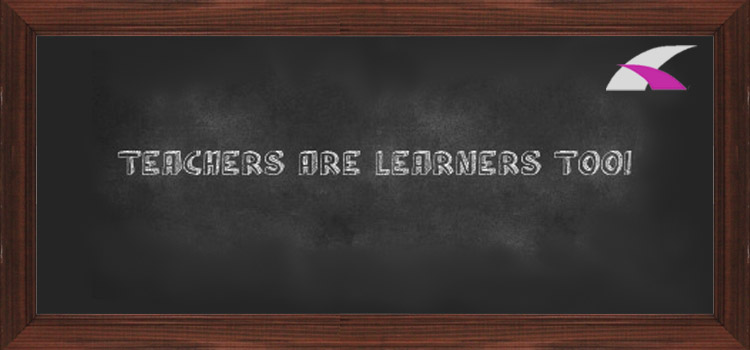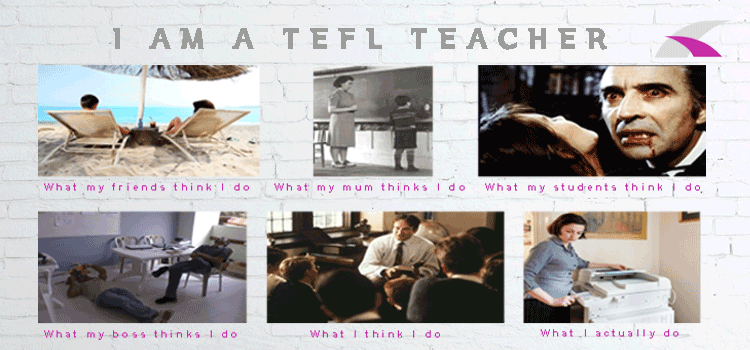ESL teaching and the Internet - From Apple's iPod to Google's driver-less cars, technology is playing a massive role in the 21st century. This is not to say that it is the solution to 21st century education, but simply a tool to aid education and learning and, although it can be a great tool, any learning concerning technology should be based around the theme and objectives of the class. Not only are students engaging with smartphone technologies and capabilities, but teachers too, engage with these 21st century technologies and increasingly expect their students to enter the classroom very technologically adept, reflected in the fact that technology competencies and goals have entered into teaching standards. Let's look at some hypothetical situations; A student uses an English pronunciation application on his mobile phone to solve a misunderstanding with his roommate. Another student studying Spanish, reviews vocabulary lists of words on her phone while riding the Metro home. A third student studying at a British university uses the dictionary on his phone to look up the ingredients in some packaged food he is trying to buy. Each of these students are engaging with their environment through the use of mobile technology. They are tapping into the powerful potential these devices have to take their language learning from something they do in the classroom to an activity that they can engage in anytime, anywhere. So, how can teachers take advantage of this technology too?
USING APPS:
If you have an iPad, this is a great app for teachers and students who want to have access to MS Word, Powerpoint, and Excel programs.
This app has most of the features of these programs and allows you to download to DropBox, which is an online storage app where you can always access your files, no matter where you are.
The app is free, you can upload from/download to DropBox, it has a similar interface to MS Office programs for those who are used to them, the files you make on the iPad can be opened on MS Office from a PC, and it allows for slide making.
For students who may have an iPad but not a laptop/PC with MS Office and who are at a disadvantage in regards to presentations, this could be a great help because students can use the PPT format on their iPad and upload them onto their PC through DropBox.
This app allows the user to narrate a picture, text, etc., and draw on a whiteboard at the same time.
You can also use it to:
Create an online lesson for an in-class topic. Record the main ideas of your lesson and give students a link or post your creation to an online social media site.
Get students to create a narrated visual presentation on a topic using your/their iPad and show it in class as opposed to a "stand in front of the class" type presentation.
Create a vocabulary 'map' using Skitch (see below) and ShowMe together. Find a picture that is related to a topic you are teaching and annotate it with Skitch showing the vocabulary for the picture. Then, upload the picture and use it on ShowMe to narrate and pronounce the vocabulary.
Download presentations and upload them to YouTube so students have instant access to them.
With this app you can make drawings, mock-ups, diagrams, etc., and use them in conjunction with ShowMe.
It has elegant text, arrows, and writing capabilities that allow for professional looking presentations. You can take snapshots of webpages, use camera roll photos, create new blank pages and more, make a vocabulary or instruction map, annotate a student's paper by using the draw feature after you have taken a picture of a students work and then writing your comments. You can also create a classroom picture for substitutes - take a picture of your class, type in the students' names, and then give it to a sub on their email the day you can't be there.
Not only are there apps that teachers/students can use to enhance classes but there are also many other ways that the internet has significant effects on communicating, teaching and learning. Thus, both teachers and learners should have the opportunity of internet accessibility to gain experience and familiarity with its functions in educational life. However, it should be known that the internet alone is not sufficient to teach and learn a second language as it cannot include all teaching and learning activities and replace the real teaching and learning environment, such as language classrooms and real-life communication. As a result, it is simply only a tool for educational activities.








